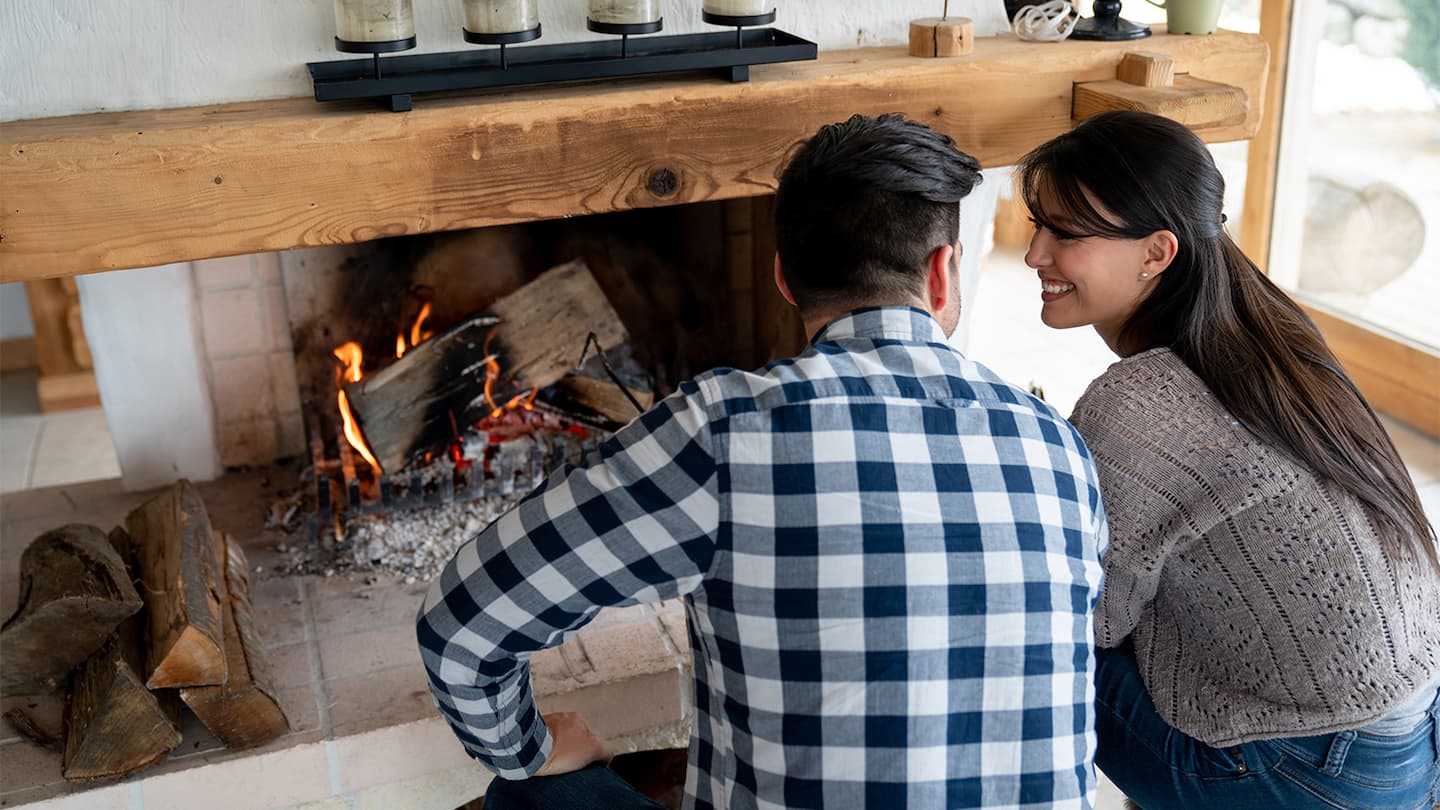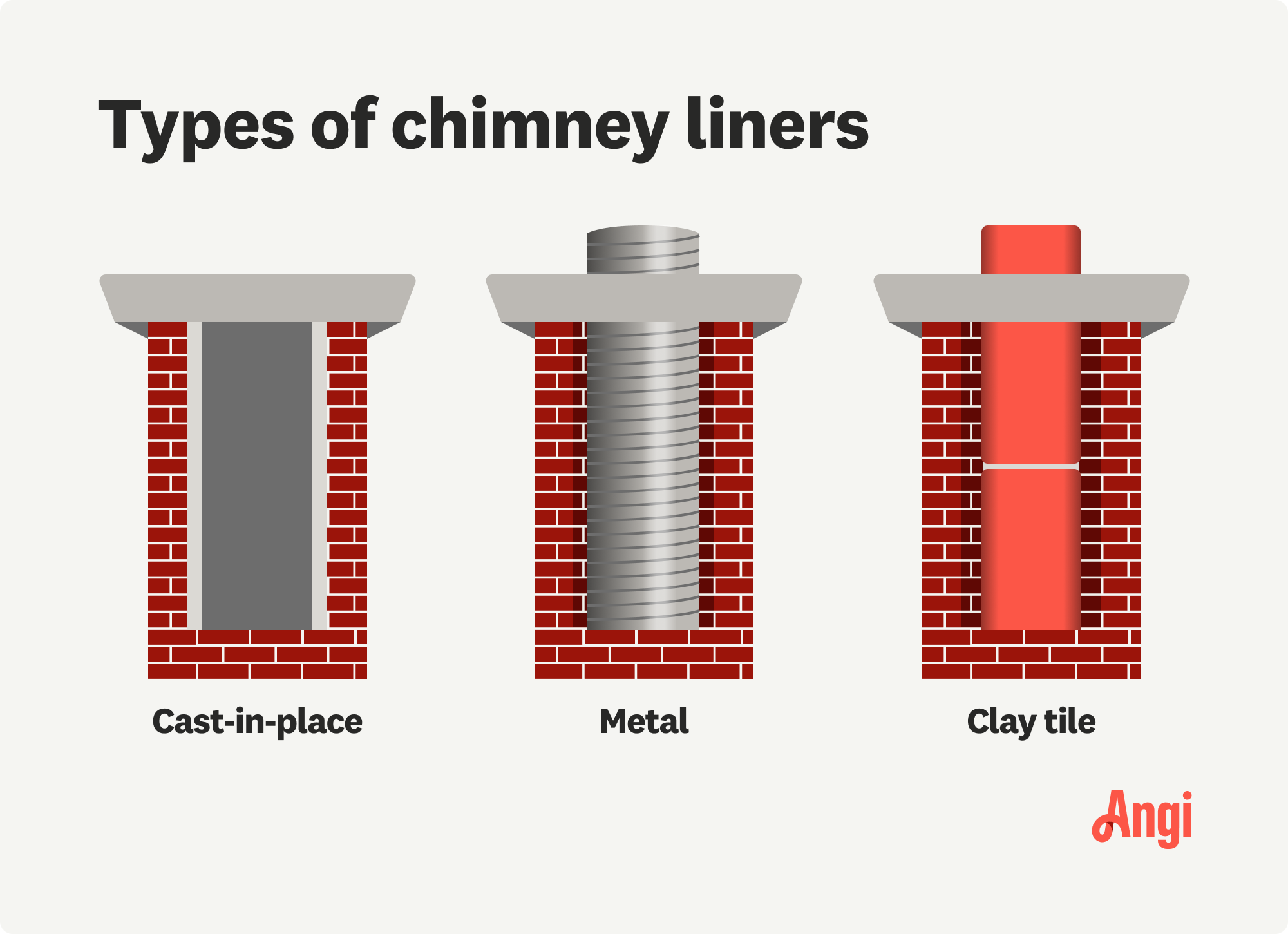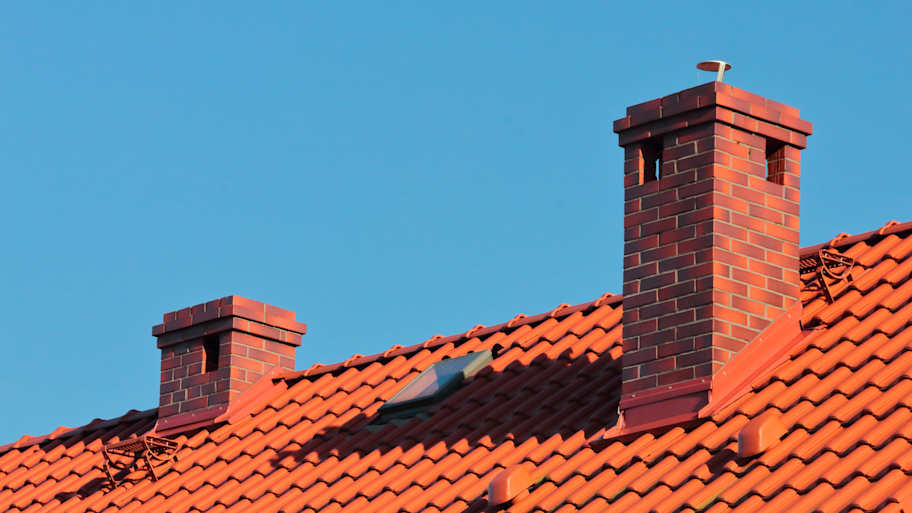
Sealing your chimney is one of the most affordable ways to prevent water from penetrating the bricks. This guide breaks down the cost to seal a chimney.
A chimney liner costs $2,500 on average, but it may cost somewhere between $1,500 and $5,000, depending on the materials, labor, chimney condition, and other factors.


The cost of a chimney liner depends on several factors, including the material and size of the chimney.
In addition, local labor rates and permit prices can affect the costs of installing a chimney liner.
You’ll also need to budget for a chimney cleaning and inspection.
By installing and maintaining a chimney liner, you can protect your chimney from more expensive problems down the line.
Chimney liner costs can vary significantly depending on the material, size of the chimney, and local labor rates. For instance, a small job can cost as low as $625, but if your chimney is larger or you use more expensive materials, chimney liner installation costs can go as high as $7,000.
If you use your fireplace, it’s essential to have a chimney liner. For one, it protects your chimney from corrosive gases and creosote residue that wear away the masonry over time. Plus, a chimney liner improves the heating efficiency of your fireplace and reduces fire risk.
When estimating your chimney liner cost, consider key factors, such as the anatomy of your chimney, size of the flue, units connected to it, the liner material, and labor.

Depending on the type of chimney liner you choose, the cost of materials will be between $10 and $250 per square foot. Stainless steel, for example, is more expensive than aluminum, which is typically sold in a kit including all materials. Clay is less costly than steel at around $10 per square foot, and it is known for its safety ratings and strength.
Additionally, some materials, like aluminum, can only be installed in gas fireplaces, and others, such as cast-in-place options, require more labor and specialized equipment to install. Insulation can also add to the cost.
| Material | Cost | Fireplace |
|---|---|---|
| Stainless steel | $65 per square foot | Wood and gas |
| Aluminum | $100–$300 | Gas |
| Clay | $10 per square foot | Wood |
| Cast-in-place | $25 per square foot | Wood and gas |
Labor costs make up a significant portion of the overall cost to replace your chimney liner and can vary locally. Expect to pay between $400 and $1,250 to hire a local chimney pro. The amount of labor depends on the type of material you choose and the condition of your chimney. For example, if the existing liner needs to be removed, the project will require more labor.
Before a pro installs your liner, arrange for a professional chimney inspection, if you haven’t had one recently. (Often, you’ll learn that you need to replace the liner because of what the pro finds during your inspection—in which case you won’t have to worry about this separate cost.)
Chimney inspections allow professionals to clean your chimney and keep an eye out for any common chimney problems. During the inspection, the professional can assess the state of your liner and determine if it needs repairs or a full replacement (and if so, what material to use). On average, a chimney inspection costs $450.
Depending on where you live, you may also need to obtain a building permit before having a pro install a new chimney liner.
Chimney liner installation costs can vary significantly depending on several factors. The material you choose can have the largest impact, but these factors also affect the final price:
Have your chimney cleaned by a local chimney sweep before installing a liner so all surfaces are spotless before the liner materials are installed or poured. A professional chimney sweep costs around $255.
Creosote is a flammable residue that builds up due to incomplete combustion and can cause chimney fires if not cleaned regularly. Hire a chimney sweep to remove creosote build up at least once per year—or more frequently if you use your fireplace often.
The height and width of the flue and chimney can affect the price of materials and labor. The standard diameter of a chimney is 6 to 8 inches. It may cost more to install a liner if you have a chimney that is not a standard size or one that is older than a few decades.
More than the chimney itself can impact the chimney liner replacement cost. For instance, the height and pitch of your roof may affect labor costs.
In general, local masons will charge more if your roof is higher or if the roof has a steeper slope, simply because there’s more risk involved, which necessitates working more slowly and carefully.
Labor is the most significant cost when a pro installs your chimney liner, adding anywhere from a few hundred to a couple thousand dollars to your final bill. That said, any chimney or fireplace project is best handled by an experienced chimney specialist near you. Pros ensure the work is done properly and prevent mistakes that might otherwise result in serious injury or a dangerous fire.
Chimney liner installation isn't complex, but you should always hire a pro for the following reasons:
Chimney pros can safely access and work on your roof.
They have specialized equipment required for liner installation, such as pipe crimpers, grinders, and masonry tools.
Chimney liners are difficult to maneuver onto a roof and down a chimney.
A trained professional can identify chimney damage or structural issues you might miss.
Professionals ensure the liner is correctly sized.
Proper installation helps prevent moisture damage, draft problems, and chimney fires.
Chimney work can expose you to toxic soot and creosote buildup, and pros have equipment to protect against it.
Professional installations are easier to get insured and more likely to pass inspections.
Identify your fireplace type and fuel source so the pro can recommend the correct liner material.
Ask the pro if they're insured and whether they hold certifications from any national industry organizations.
Be ready to discuss the location of your chimney, the steepness of your roof, and whether there are nearby trees, structures, or power lines.
Bring up any concerns, such as draft problems, smoke backup, damaged bricks, or unusual odors.
Ask whether your chimney requires an insulated liner.
Home is the most important place on earth, which is why Angi has helped more than 150 million homeowners transform their houses into homes they adore. To help homeowners with their next project, Angi provides readers with the most accurate cost data and upholds strict editorial standards. We extensively research project costs to develop the pricing data you see, so you can make the best decisions for you and your home. We rely on reputable sources, including the U.S. Bureau of Labor Statistics, academic journals, market studies, and interviews with industry experts—all to ensure our prices reflect real-world projects.
Want to help us improve our cost data? Send us a recent project quote to [email protected]. Quotes and personal information will not be shared publicly.
From average costs to expert advice, get all the answers you need to get your job done.

Sealing your chimney is one of the most affordable ways to prevent water from penetrating the bricks. This guide breaks down the cost to seal a chimney.

The average cost to repair or replace a chimney crown depends on the damage, material, and any other chimney maintenance services bundled into your project.

Notice leaks and corrosion around your chimney? You might need new flashing or some careful repairs. Here are some common chimney flashing repair costs.

Worried that your flue might go up in flames? These nine chimney fire signs will help you get ahead of the situation—and keep your home and family safe.

A chimney liner helps make your fireplace safer and more efficient. Here’s a closer look at who can install a chimney liner.

The chimney is an essential but easy-to-overlook decision when building or renovating a house. Here are the pros and cons of the main types of chimneys.